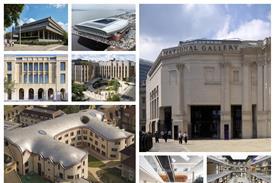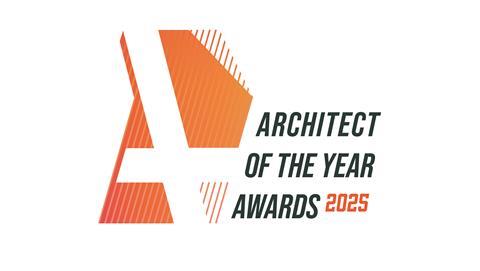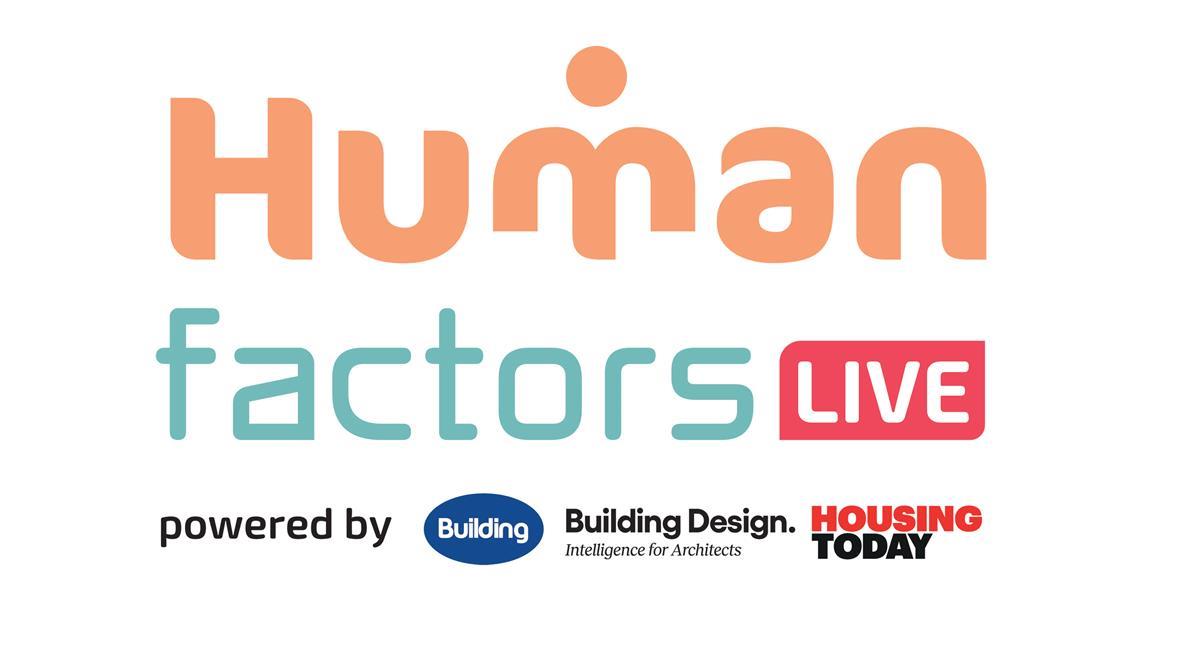Clients, designers and contractors face fresh hurdles in delivering compliant projects as gateway 3 requirements come into force, writes Clyde Abela

With gateway 2 completed for an increasing number of projects, attention is now turning to gateway 3 and the challenges it presents for clients, design teams and contractors.
Before new higher-risk buildings of a residential nature can be occupied, they must be registered as higher-risk buildings. This registration process requires a valid completion certificate from the Building Safety Regulator (BSR), granted only after a compliant gateway 3 application is submitted at the end of the construction phase.
The gateway 3 submission must show compliance with Building Regulations and how any changes from gateway 2 have been controlled, engineered and documented.
Changes during construuction were once standard practice, with design packages often evolving on site to compress timelines – sometimes at the expense of quality and best practice design. The Building Safety Act aims to reverse this, requiring duty holders to document any deviations from the approved gateway 2 design, justify their necessity and demonstrate ongoing compliance.
The requirements are now more exacting and extensive, not to mention the uncertainty surrounding some of the requirements and processes, and general concern related to timescales for responses.
All documentation previously issued as part of the gateway 2 submission is required to be kept up to date and recorded as part of the golden thread – the overarching process of managing and recording decisions and changes to the design. This record must include evidence to demonstrate that all safety requirements have been considered and met. Duty holders are responsible for establishing and maintaining this process. In practice, this will require a continual updating of the gateway 2 information whilst also including new design and material submissions that had not been part of the original submission.
The Building Safety Act classifies any changes from the gateway 2 submission as major, notifiable or recordable, depending on the nature of the change.
Major changes are the most disruptive to the procurement and construction process. Such changes require the works affected by the change to stop and not to resume until this change is approved by the BSR. A justification for the change needs to be prepared by the design team and this needs to be submitted and approved by the BSR, which is likely to slow down that portion of works by at least six weeks, on the assumption that an agile design team is on-board and can quickly produce the relevant documentation required.
Importantly, a major change includes modifications that may not have been normally thought of as significant in the past. The term major is referring to the consequence should the change lead to a failure, rather than on the extent or visibility of the change. For example, changing the size of a primary structural beam and changing the type of wall tie used in cavity wall construction are both considered as major changes, requiring the same approval process.
Major changes are the most disruptive to the procurement and construction process
The act provides several examples of major changes, including:
- Replacement of materials with ones having an inferior fire classification
- Changes to active and passive fire safety measures
- Changes to secondary structural elements, such as wall ties and support systems in external walls, etc.
Notifiable changes can proceed during construction but still require BSR submission. Each brings potential delays or rejections, increasing the risk of rework. An example of a notifiable change includes a change from the originally proposed product to another product of equivalent or superior reaction to fire.
Recordable changes, meanwhile, must be tracked as part of the golden threat and submitted with the gateway 3 documentation.
Regulations also require that if the project has more than one major or notifiable change, these will each require their own individual submission to the BSR. Changes cannot be grouped or lumped together unless they are intrinsically related. As such, most changes will require preparation of their own individual submission, and subsequent re-approval via the BSR on an individual basis, a process that requires significant added work for the designers involved and fraught with risks.
Inspections would be carried out by the duty holders and need to be in line with the documentation and methodologies submitted as part of gateway 2, specifically the construction control plan. This document should set out the frequency and scope of inspection as part of the gateway 2 submission and should then be adhered to during the construction phase. Changes to the plan should be reported to the BSR as part of the change-control process. The BSR team may also carry out independent inspections.
The duty holders are bound by the mandatory occurrence reporting system which requires deficiencies in the works relating to structural integrity and fire performance that may, if not adequately addressed, present a risk of a significant number of deaths or serious injuries, to be formally reported to the BSR within set timeframes. This applies to works inspected on-site, but also to design work carried out after the gateway 2 submission.
This is a seismic change that redefines the relationships between clients, designers, main contractors and sub-contractors. Effective and successful construction projects will increasingly rely on close collaboration, competence and the need for all parties to focus on delivering compliant best practice designs and workmanship.
The key take away is clear: leadership and competence across all roles are essential to delivering compliance buildings first time, before regulatory scrunity.
Postscript
Clyde Abela is director at Wintech
















No comments yet